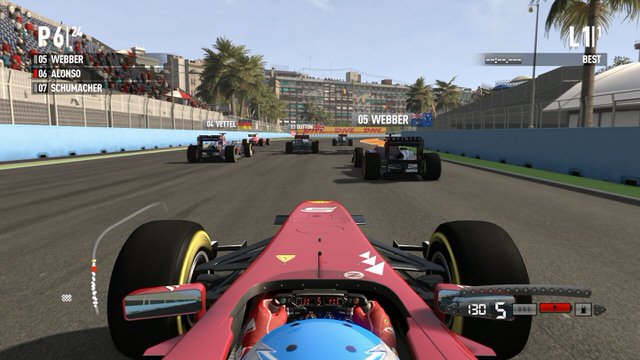


The use of simulations and games in higher education has gained increasing attention in recent years as such learning techniques have increasingly become normal features of academic programmes across a range of subject disciplines (Baptista & Oliveira, 2018 Hainey, Connolly, Stansfield, & Boyle, 2011 Ibrahim, Masrom, Yusoff, Zainuddin, & Rizman, 2017 Moizer & Lean, 2010 Subhash & Cudney, 2018 Wouters & van Oostendorp, 2017). The chapter concludes by considering key implications for educational practice and areas for future research and pedagogical development. Three case studies illustrating the use and value of simulations and games in a range of subject disciplines are presented. Their learning benefits are then evaluated along with some of the challenges associated with their use. Next, the position of simulations and games within the field of real world learning is explored, emphasising their potential to contribute to and extend the learning experience of higher education students. In the sections that follow, the nature of simulations and games is first discussed with reference to examples in higher education. The structure and focus of the chapter draws on a concept-mapping exercise undertaken with the book editors as part of the development of this publication (see Fig. This chapter aims to review the role of simulations and games as proxies for real world learning. Hence, they offer valuable insights into contexts that may be difficult for students to experience directly in the real world due to the level of risk, the cost or the timescale involved. They allow students to experiment and see the impact of their decisions and actions within a safe environment and without any real world consequences. Simulations and games enable the learner to gain insight into real world situations in an authentic and engaging way without the need to leave the classroom. They have been used in subject areas as diverse as entrepreneurship (Newbery, Lean, Moizer, & Haddoud, 2018), history (McCall, 2016) and nursing (Koivisto et al., 2018). Simulations and games have become increasingly popular methods of teaching and learning within the Higher Education sector over recent years (Lean, Moizer, & Warren, 2015 Moizer & Lean, 2010).


 0 kommentar(er)
0 kommentar(er)
